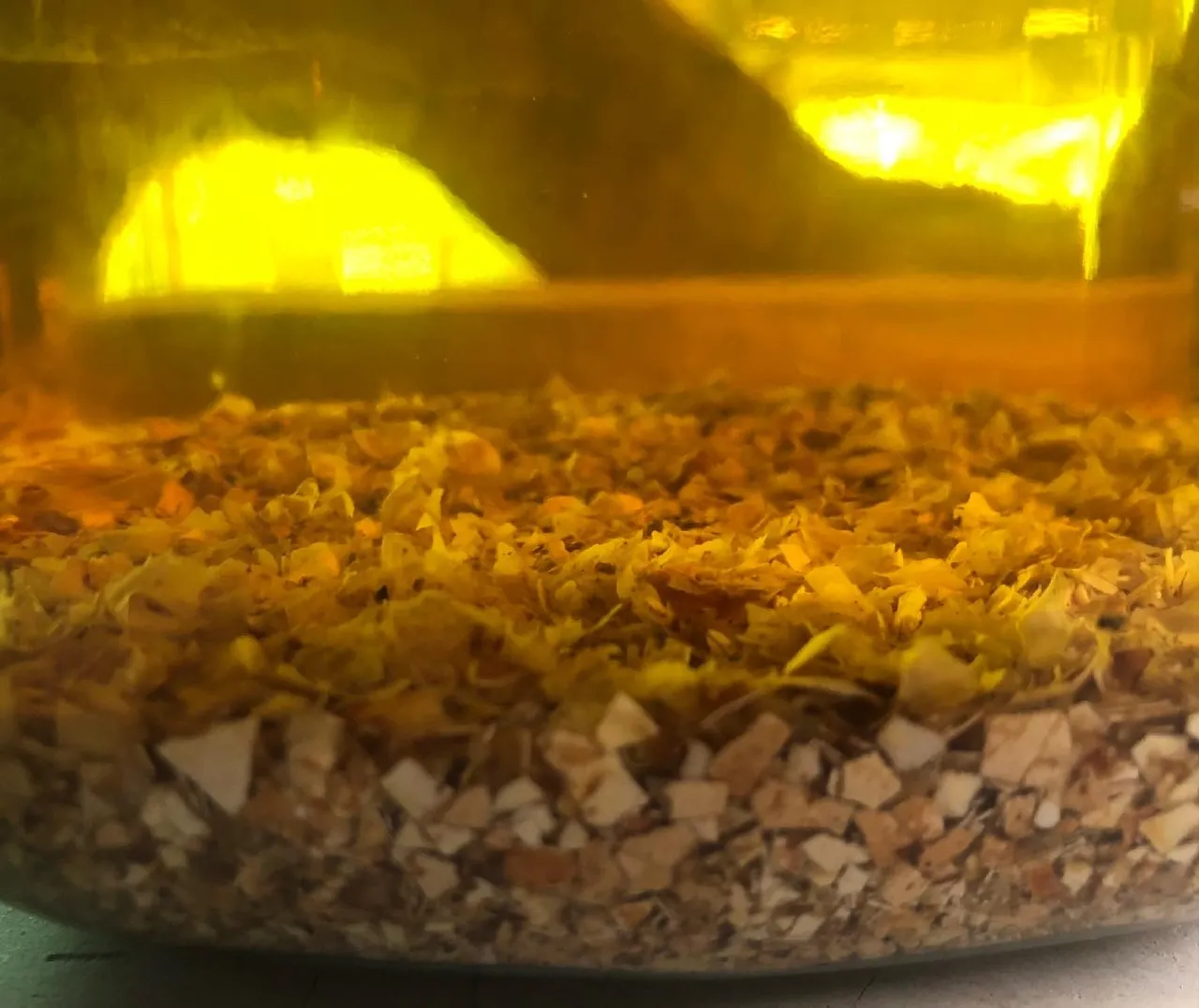Water-soluble Calcium (WCA) Calcium is an essential nutrient for plant growth, supporting various biological functions, including cell wall structure, enzyme activity, and overall plant health.
In a water-soluble form, calcium is easily absorbed by plants through their roots, allowing for efficient uptake and distribution within the plant. This accessibility helps in preventing deficiencies that might lead to issues like poor cell structure, weakened plant tissue, and disorders such as blossom end rot in fruits and vegetables. Water-soluble calcium is commonly used as a supplement in agriculture and gardening to ensure plants have an available and easily absorbable source of this vital nutrient for optimal growth and development.
Use 4mL per gal weeks 1-6.
WCA is commonly diluted with water (1:1,000 ratio) and applied as a foliar spray to flowering and fruiting plants (including vegetables). The best times to spray are just after sundown or very early in the morning, to prevent leaf burn and to allow sufficient time for absorption before evaporation from the leaf surface. Use a light mist; do not spray so heavily that the solution drips from the foliage (run-off). Plants require adequate levels of calcium to support fruit yield and quality and to prevent blossom-end rot. Seeds that are deficient in calcium generally have poor germination rates and produce abnormal, weak seedlings. WCA is used in combination with other Natural Farming inputs including oriental herbal nutrient (OHN), fermented plant juice (FPJ), brown rice vinegar, and fish amino acid (FAA) as a seed-soaking solution prior to planting to improve seed germination and seedling vigor.
Here are 2 different ,and equally efficient, recipes you can use. I prefer the oyster shell method but if you cannot find oyster or just want to use the egg shells from your chickens, the egg shell method works equally as well.
OYSTER SHELL METHOD
Ingredients
-oyster shell flour or crushed coral
-brown rice vinegar or apple cider vinegar
1. Fill a quarter of the jar with oyster shell flour
2. Fill the rest of the jar with vinegar (pour slowly as it will foam)
3. Mix thoroughly
4. Cover with a breathable cloth or paper.
5. Allow to sit for 14 days.
5. Strain with a fine mesh strainer (paint strainer works good)
6. Store with a sealed lid
EGG SHELL METHOD
Collect eggshells. Remove the tough internal membrane from the inside of the shells.
1. Break the shells into small pieces.
2. Lightly roast or grill the shells in a frying pan or foil container over low heat for approximately 45 minutes to remove any organic substances that will rot and contaminate it.
3. Shells should be dry and lightly burnt to a light tan color but not charred.
4. Slowly add roasted eggshells to a glass jar filled 2/3 full with brown rice vinegar at a 10:1 ratio. The eggshell fragments will float up and down within the vinegar, emitting carbon dioxide bubbles, while the calcium is being dissolved into the solution.
5. Cover the mouth of the jar with breathable cloth like a paper towel or t-shirt (not plastic) and secure with rubber bands or ties to keep out pests. Place the jar in a cool, dark location for 10 to 14 days.
6. After this time, check if bubbles are present in the solution. If bubbles are not present, the WCA is “saturated” – proceed to step 7. If bubbles are present, let stand for 1 to 2 more days.
7. Strain the vinegar-and-eggshell solution through a colander into a clean glass jar to remove eggshells. Label the WCA solution and store at room temperature out of direct sunlight

